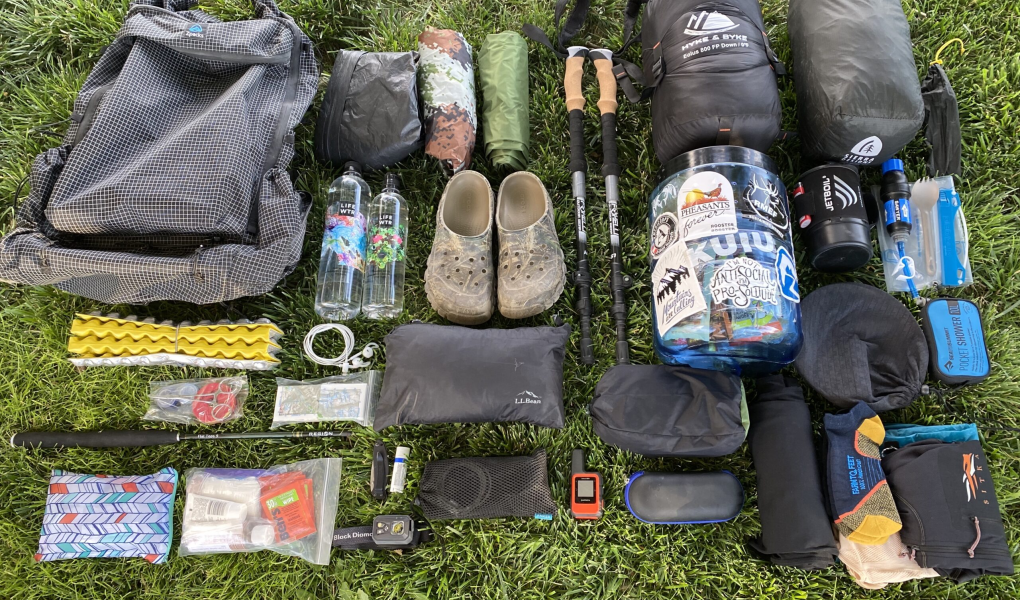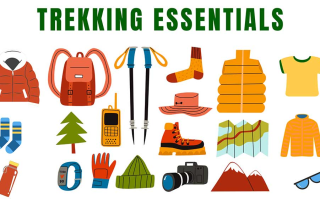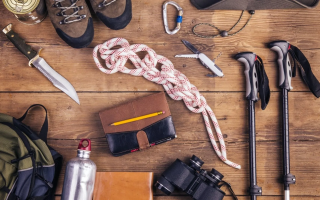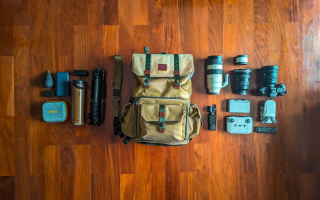An Alpine-style extended trek in Europe means carrying all your survival gear on your back. A scientifically curated equipment list and packing techniques are key to enjoying the journey rather than being weighed down by it.
I. Core Gear List (with reference weights)
Target base weight: <15kg
Carrying system (approx. 2.5-3kg)
Heavy-duty rucksack (50-70L): 2.2-2.8kg
Sleep system (approx. 2.5-3kg)
Tent (including groundsheet and pegs): 1.5-2.5kg
Sleeping bag (comfort rating 0°C to -5°C): 0.8–1.5kg
Sleeping mat (R-value ≥3): 0.4–0.7kg
Cooking system (approx. 0.5–1kg)
Stove + gas canister + cookware + cutlery: 450–800g
Clothing system (approx. 2–3kg)
Hiking boots: 1-1.5kg/pair
Clothing (quick-drying, insulating, waterproof): 1-1.5kg
II. Ultimate Packing Principles
Three weight distribution rules:
Bottom: Lightweight, infrequently used items such as sleeping bags.
Middle: Heaviest items like tents, food, and cookware, positioned close to the back.
Top/Easy Access: Frequently used items like trail snacks, rain jacket, first aid kit.
Optimise Storage:
Top Pocket: Maps, headlamp, sunscreen.
Side Pockets: Water bottle, trekking poles (during hiking).
Hip Belt Pouch: Mobile phone, small snacks, lip balm.
Waterproofing:
Seal all clothing, sleeping bags, and electronics in waterproof or compression bags.
Minimise external attachments:
External gear risks snagging and compromising balance. Pack everything inside unless absolutely essential.
This checklist serves as an expedition blueprint, requiring fine-tuning for specific routes, seasons, and personal preferences. Preparation measured to the gram ensures ultimate freedom in the wilderness.



